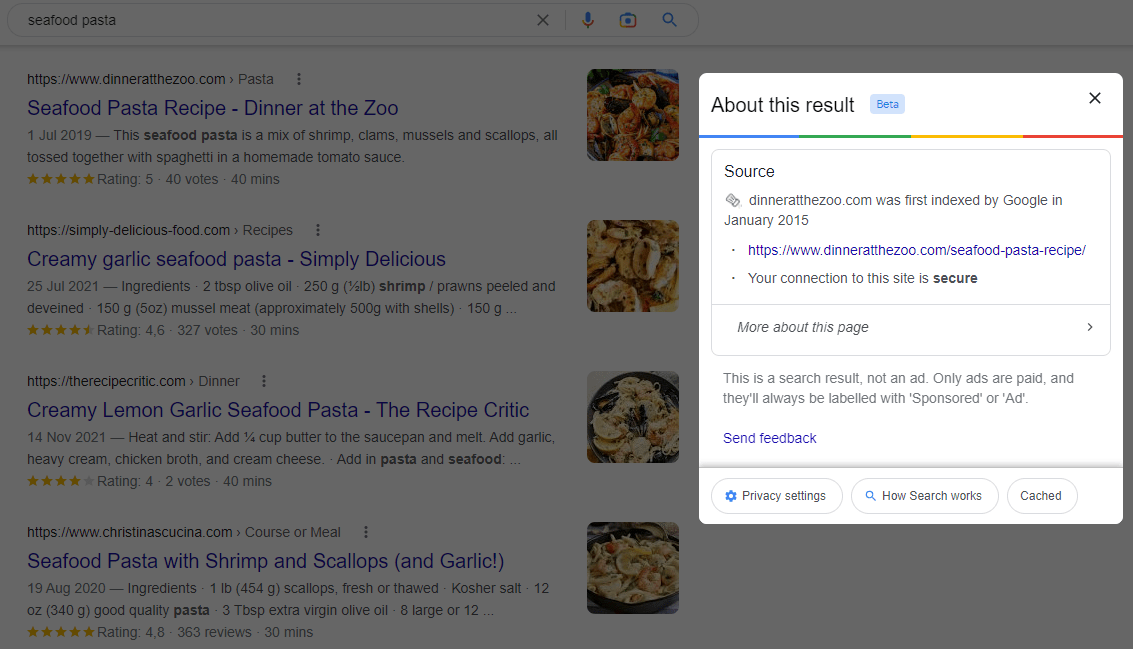Google cache
Google cache definition
Google cache is a temporary memory that stores a copy of a page when it was crawled by Google. If the requested page is currently unavailable, then a cached version may be suggested to users.
When users access the cached version of a page, they see a banner informing them that this is a cached version and showing the cache date.

How Google cache works
Google regularly recrawls pages to have relevant information about their content. Once a page is recrawled, the cached version is updated to give users the most relevant page version if a page is unavailable for some reason.
Google cache is super important for SERPs. Each time a user initiates the search, Google does not reindex all the sites immediately but looks up the most relevant results in its cache and presents them to a user. That’s why search queries are satisfied within less than a second.
How to check Google cache
To see what version of a page is stored in Google cache, users can simply click the vertical three dots near the search snippet and click Cache[1].

In addition, there’s an option to access Google cache through Google search. To do that, a user needs to know the exact URL address of the investigated page.
Here’s how to do that:
- In the browser address bar, enter the following URL but do not initiate the search:
http://webcache.googleusercontent.com/search?q=cache: - Right after that, enter the exact URL address of the page you’re looking for, like this:
http://webcache.googleusercontent.com/search?q=cache://apple.com
This will bring you to the latest cached version of the requested page.
Google cache in SEO
When it comes to SEO, Google cache may become a problem when a page is not meant to be accessible when it’s down or has been removed or replaced. To prevent this, webmasters use the noarchive tag to restrict Google from saving the cached version and showing it to users[2]:
<meta name="robots" content="noarchive">
Google does not recrawl pages immediately after they are changed. So, if a page had some crucial changes that require urgent indexing, it is recommended to manually force Google to revisit the page via Google Search Console (former Google Webmaster Tools).
Cached versions of pages prevent your website from losing traffic and decrease bounce rate, as visitors can still access a page even if it’s down and continue their customer journey.
Removing pages from Google cache
If there’s a reason to remove pages from Google cache (a page has been deleted and is not meant to be accessed), webmasters will need to remove those pages manually.
To do that, a site owner should go to Google Search Console and ask Google to delete the page from the cache and SERPs. Also, it is important to remove the deleted URL from the sitemap to prevent Googlebot from trying to access and index the page.
Related links
SEO Cheat Sheet of Tags, Directives, and Attributes - Noarchive
The Ultimate Guide to Hiding Webpages from Indexation




